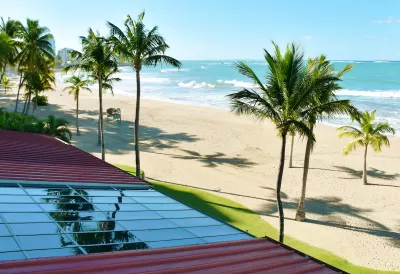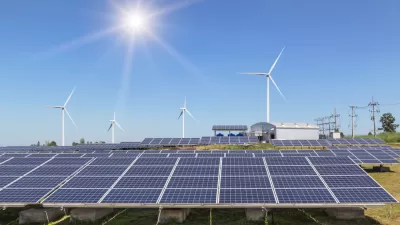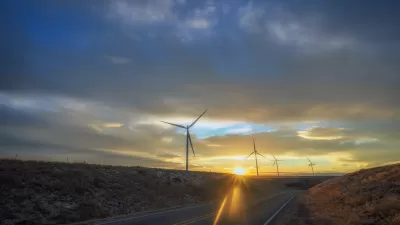The experiment could become the largest renewable energy grid of its kind.

A pilot program in Puerto Rico could create the largest renewable energy ‘virtual’ grid in North America. “The yearlong pilot, launched late last year by Puerto Rico’s utility Luma Energy, will pull power from up to 6,500 households during energy shortages. It is part of a transformational effort to modernize a deteriorating grid and transition to clean energy,” explains Gabriela Aoun Angueira in a Grist article republished in Next City.
The system utilizes “virtual power plants,” or VPPs, which can include home batteries, heat pumps, or water heaters that can contribute to the grid in an emergency. “Virtual power plants, or VPPs, are networks of distributed energy resources — like home batteries, electric water heaters, or heat pumps — that can help the grid.” The program connects batteries from household rooftop solar panels to the grid, providing an alternate power source when other energy sources go offline.
“The Department of Energy is promoting them as a way of addressing the anticipated growth in energy demand in the coming years.” Households that contribute can decide how much energy to keep in their reserve and get paid to let the rest supplement the grid when needed.
FULL STORY: Puerto Rico Is Using Residents’ Home Batteries To Back Up Its Grid

Planetizen Federal Action Tracker
A weekly monitor of how Trump’s orders and actions are impacting planners and planning in America.

Maui's Vacation Rental Debate Turns Ugly
Verbal attacks, misinformation campaigns and fistfights plague a high-stakes debate to convert thousands of vacation rentals into long-term housing.

Restaurant Patios Were a Pandemic Win — Why Were They so Hard to Keep?
Social distancing requirements and changes in travel patterns prompted cities to pilot new uses for street and sidewalk space. Then it got complicated.

In California Battle of Housing vs. Environment, Housing Just Won
A new state law significantly limits the power of CEQA, an environmental review law that served as a powerful tool for blocking new development.

Boulder Eliminates Parking Minimums Citywide
Officials estimate the cost of building a single underground parking space at up to $100,000.

Orange County, Florida Adopts Largest US “Sprawl Repair” Code
The ‘Orange Code’ seeks to rectify decades of sprawl-inducing, car-oriented development.
Urban Design for Planners 1: Software Tools
This six-course series explores essential urban design concepts using open source software and equips planners with the tools they need to participate fully in the urban design process.
Planning for Universal Design
Learn the tools for implementing Universal Design in planning regulations.
Heyer Gruel & Associates PA
JM Goldson LLC
Custer County Colorado
City of Camden Redevelopment Agency
City of Astoria
Transportation Research & Education Center (TREC) at Portland State University
Jefferson Parish Government
Camden Redevelopment Agency
City of Claremont





























